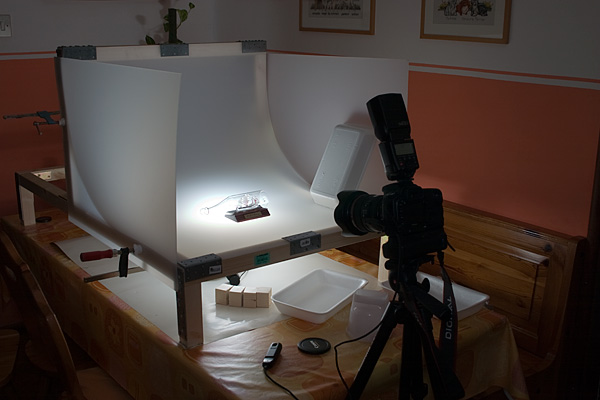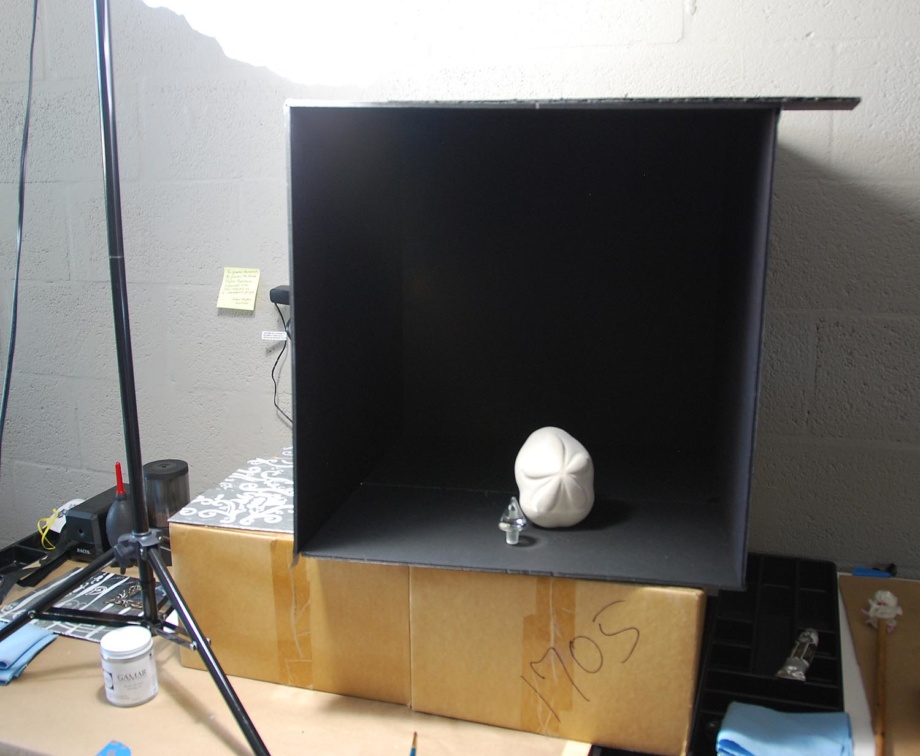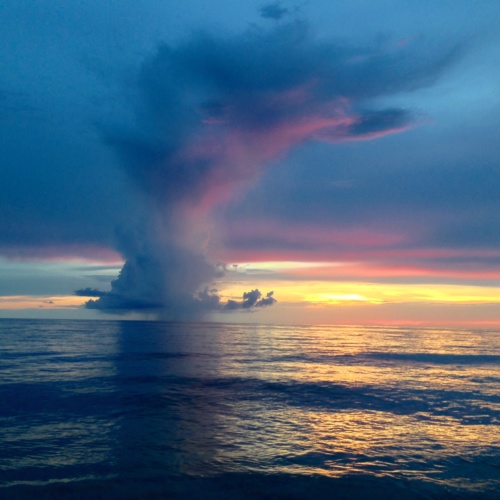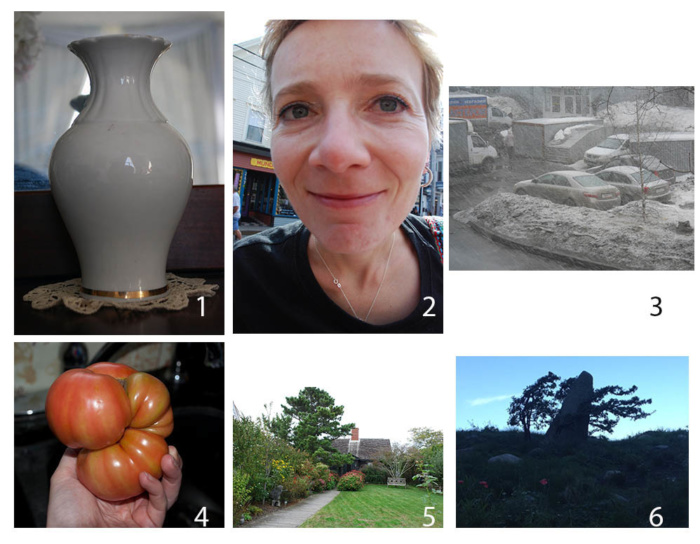Many artists draw from pictures today or at least use them as a reference material. I use them a lot in the creation of my visionary art, especially when working in colored pencil. Being aware of the advantages and the limitations using photography, makes you a better realist artist because you learn to adjust your process to accommodate it to your practice. So here I list a few advantages and drawbacks using the pictures in painting and drawing.
The advantages of using pictures in art creation:
- The convenience of working from a picture is tempting. We want to snap a picture of a model instead of paying her for many hours of posing.
- There are those lucky moments when the moment is just right to capture a moving subject or a facial expression.
- Fast-changing weather conditions are easy to capture in photography when I travel, and I either have no time to paint or have no capacity to carry my art supplies to the top of a mountain.
- Working from a picture in colored pencil is almost easier than drawing from life, especially when it’s about capturing the reflective surfaces or real flowers. I usually keep the real object as a reference, but end up drawing it from a picture.
- By taking pictures yourself in a controlled set up, it’s possible to get nice images. For that I take a cardboard box used for shipping and cut two sides out, to which I glue the white tissue paper that diffuses the light. I place my object inside it and I light it up with one, two or three lights, depending on my idea. My set up is similar to this one:



This is a striking image of a cloud with the fairly balanced tones between the sky and the ocean. Yet, the color is really off here, too blue and too dark to paint a large painting well without having a sketch made from life that captures the real colors I saw at the beach while taking this picture.
The disadvantages using the pictures for realist painting:
- The sky is washed out, the land is too dark. This happens a lot in the pictures of the amateur photographers. You need to learn to compensate for the colorless sky by either adjusting your camera settings by 1-2 stops, or taking more pictures of the sky itself separate from the land. Many phones have the HDR function in them these days and combine several shots into one, giving the right light balance between the land and the sky.
- It’s imperative not to draw from the copyrighted images or use the photos without the written permission of the photographer. It includes the photos made or taken as the movie stills. Years ago I lost a lucrative deal with one of the companies that wanted to feature my artwork on their product. I knew nothing about the copyright rules and drew a movie character they liked, but as you may guess, the image didn’t get cleared by their legal department.
- If a picture you paint from is not yours, you can’t enter your artwork into the juried shows, unless the artist has the permission from a photographer to do so. And even then, some national contests prohibit the use of someone else’s photography because the artist must be the sole creator of his work.
- Although painting from pictures is convenient, it has hidden difficulties. Even if the quality of your camera is good enough to capture reality, it misses out on a lot of information artists put back into their drawings or paintings. In other words, the camera filters through some information that the artist responds to when he paints directly from life.
- Cameras distort reality. Colors, shapes, and shadows never look the same as we see them with the naked eye. Most lenses distort the linear perspective to such a degree that I never use a printed picture as my map to transfer the image. I have a nice Nikon D80 that gives me a wonderful range of hues. I can also change lenses on it that gives me additional advantage in painting with the relative accuracy. Yet, I still use my pictures selectively, and I don’t buy into everything I see in them.
- The distortion in color and perspective also changes your perception. Camera makes a choice instead of the artist making it. As artists we make decisions what to see and what to leave out in images. For instance, you see a thin horizon line and a single tree in the wind. You feel the air’s blowing coolness; you see a wide range of greens in that tree. You notice a huge cloud looming over it. Snap a picture. What do you see? The sky in the picture registers too bright in comparison to the dark, green land and the shape of that enigmatic cloud is now too light and incomplete. You lose the subtle shifts in color of the sky’s along with its incomplete cloud shape. In the picture, the tree also misses your real perception of it. The range of greens that you see with your eyes doesn’t look the same in the photo. Finally, you lose your feel of nature, the violent and mighty power it exhibits while you are in the moment with its wind and the rain.
- This is especially important for artists who paint realistically in oils or acrylics. Our perception of reality is instant, and we respond to it swiftly by mixing the right colors without over-analyzing the information. When we paint from pictures, we tend to analyze the same reality a lot more, which is already adjusted by the camera for us. My paintings done from life always have freshness and liveliness that is virtually absent in paintings done solely from pictures. Only the experienced artists can paint from pictures very well, because they have the knowledge to place or replace the elements that the camera doesn’t catch or overemphasizes.
How to take good pictures: examples of bad ones:

- There is no sense of the directional light source here. It’s hard to turn the form shading such dull objects.
- The lens’ distortion makes this picture great to draw a cartoon, but not a fine portrait.
- Everything is uniformly gray in this picture with no clear focal point. Nevertheless, this photo can be used as a reference to understand the atmospheric condition.
- Pictures taken with a flash cut on the natural shadows and throw off the colors. Never draw from pictures taken with the flash!
- The sky is really boring here. The absence of an exciting focal point also makes it rather dull to draw.
- While the sky looks OK, the foreground is so dark it makes it impossible to use it as a reference to see the shifts in tones drawing the tree.
If you find my post helpful, please share my website with your friends!